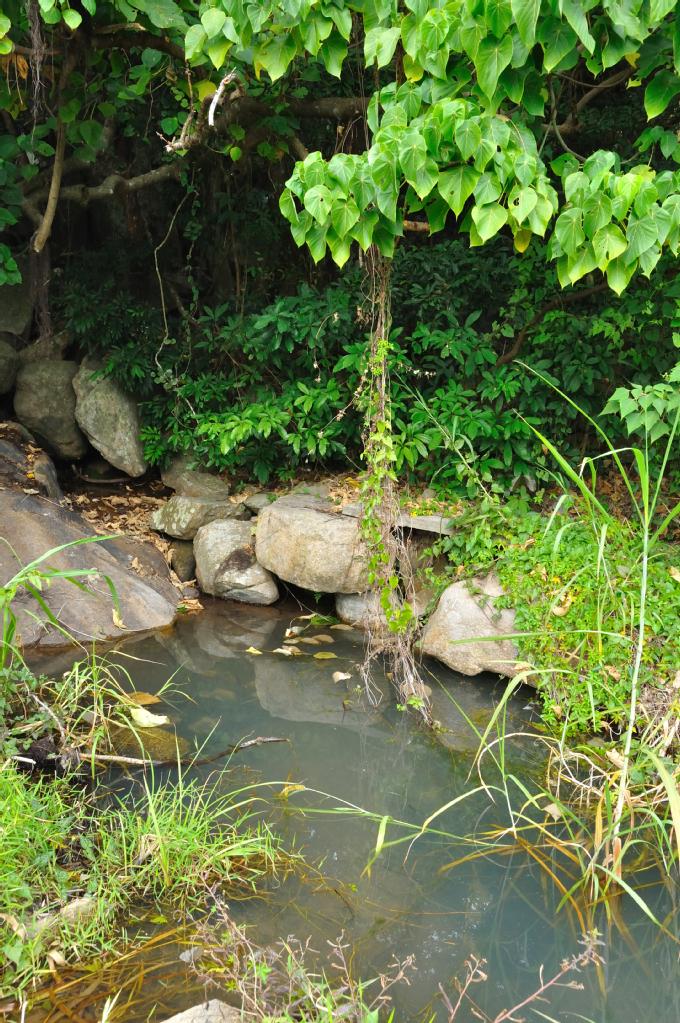

Establishing a Community Conservation Trust-A Different Way to Sustain Perpetual Conservation ( 2014/01/16 )
| The Baroque on Lamma team has employed an independent consultant to review the whole project and they have provided some practical and constructive suggestions. One of the suggestions was to set up a Community Conservation Trust to manage the proposed conservation corridor. For further information please check the section below for abstracts from the said report. Should you have any comments or suggestions, please feel free to express through enquiry@bol-hk.com. Establishing a Community Conservation Trust Vision Turn the Conservation Corridor into a Community Conservation Trust to secure it in perpetuity for the local community; so as to preserve the natural and environmental integrity of the Conservation Corridor (CC). It has the advantage of being community borne and linking directly with the objective – conservation. Background Many environmental NGOs in Hong Kong have been pushing for the mechanism of Conservation Trusts since 2004. However, the idea of a Community Conservation Trust where ownership is directly in the hands of the community is still a new idea to Hong Kong. Objectives
As its role is to manage the Conservation Corridor on South Lamma it could be set up as an independent non-profit Hong Kong registered company limited by guaranteeing that it is a charitable entity and managed by a public-private Board or Council, with both the public and private sectors contributing to the start-up fund and the cost of ongoing operations. Led by a Board or Council, the Trust serves to provide a corporate governing structure and needs to be empowered to conserve and/or preserve, manage, operate and promote conservation initiatives for the benefit of the community. Examples of Successful Public-Private Partnerships
|







